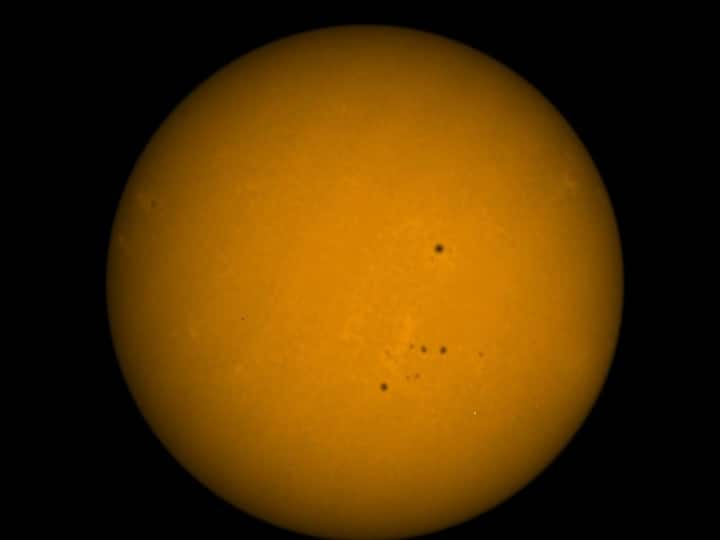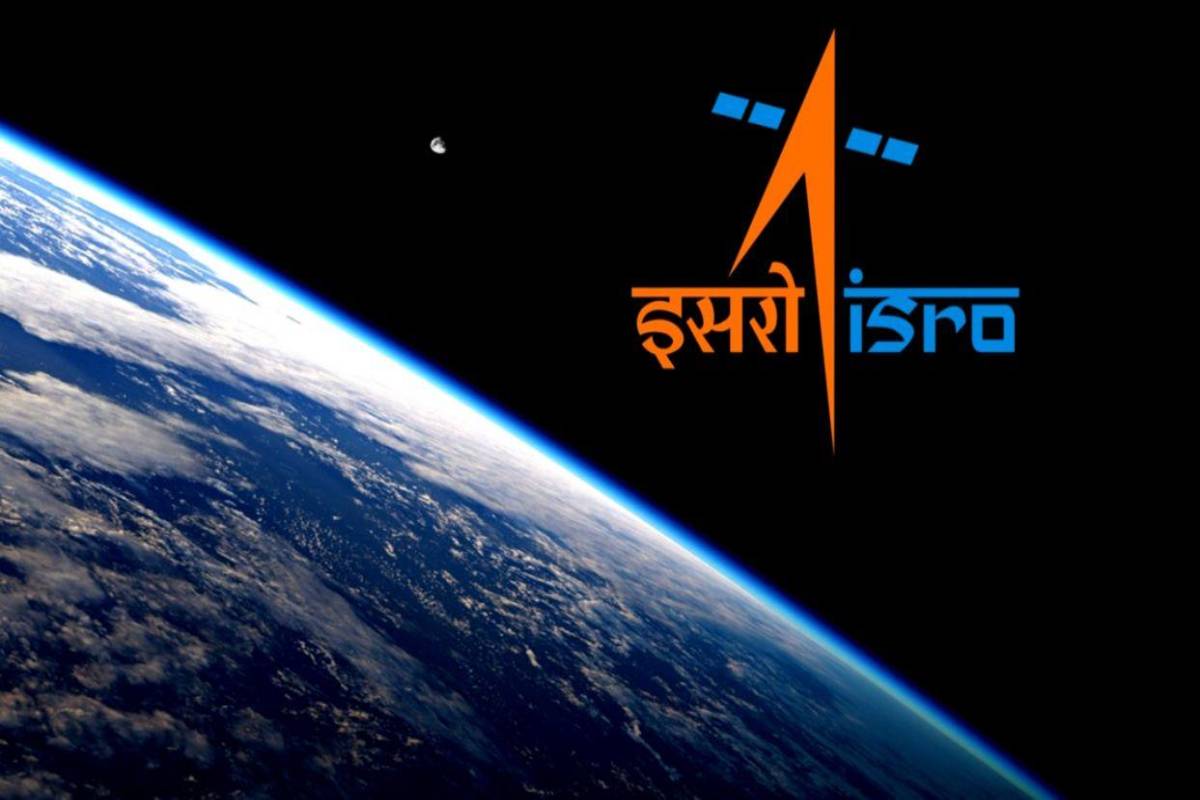
Full disc photo of Sun: First Aditya L1 photos of Sun surfaced, 11 filters used by telescope, fear of reaching Lagrange points by January 7.
The (Solar Ultraviolet Imaging Telescope) suite was launched by ISRO on November 20. It captured full disk images of the Sun, for which the payload used 11 filters, which were shared by ISRO on December 8 on X. And in its comment it was written that in the pictures taken by the suit, sunspot, black spot, quiet area of the sun are visible.
The Solar Ultraviolet Imaging Telescope (SUIT) payload has captured a full disk image of the Sun at near ultraviolet wavelengths. These photos show critical details of the Sun's photosphere and chromosphere, including the Sun at wavelengths ranging from 200 to 400 nanometers. Includes the first full-disk representation.
Aditya L1 Mission.
On September 2, Aditya L1 mission was launched by Polar Satellite Vehicle (PSLV-C57) from Satish Dhawan Space Station in Sriharikota, Andhra Pradesh to study the Sun. According to the information received from the Chief of ISRO, Aditya L1 mission is in the final phase and it is expected that Lagrange Point Five can be reached by January 7, 2024.
What is this Lagrange Point-1 (L1).
The Lagrange point was named after the Italian-French mathematician Joseph-Louis Lagrange. It is known by the common name L1. There are five such points between the Earth and the Sun, this is the gravitational force balance between the Sun and the Earth. goes and centrifugal force remains.
The reason for Aditya L1 going to the Sun.
The reason for sending Aditya spacecraft to L1 is to detect the heating occurring at the edges of the sun.
To understand the speed and temperature patterns of storms that arise at the Sun's edge, and to record information about the Sun's atmosphere.
Will find out the effect of the sun's rays coming on the earth on the weather.
The benefits of these pictures.
The photographs sent by Aditya L1 through SUIT have proved helpful to scientists in studying the dynamic coupling of the magnetic solar atmosphere and will also help in finding solutions to prevent the effects of solar radiation on the Earth.









Comments
LEAVE A REPLY
Your email address will not be published